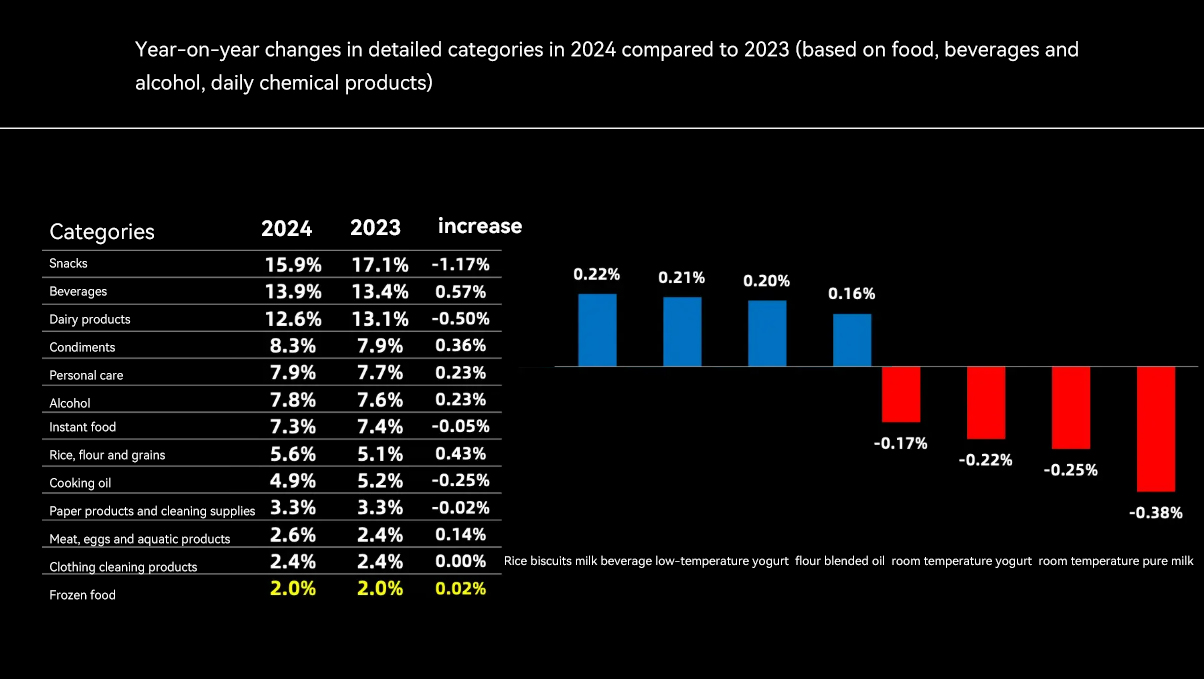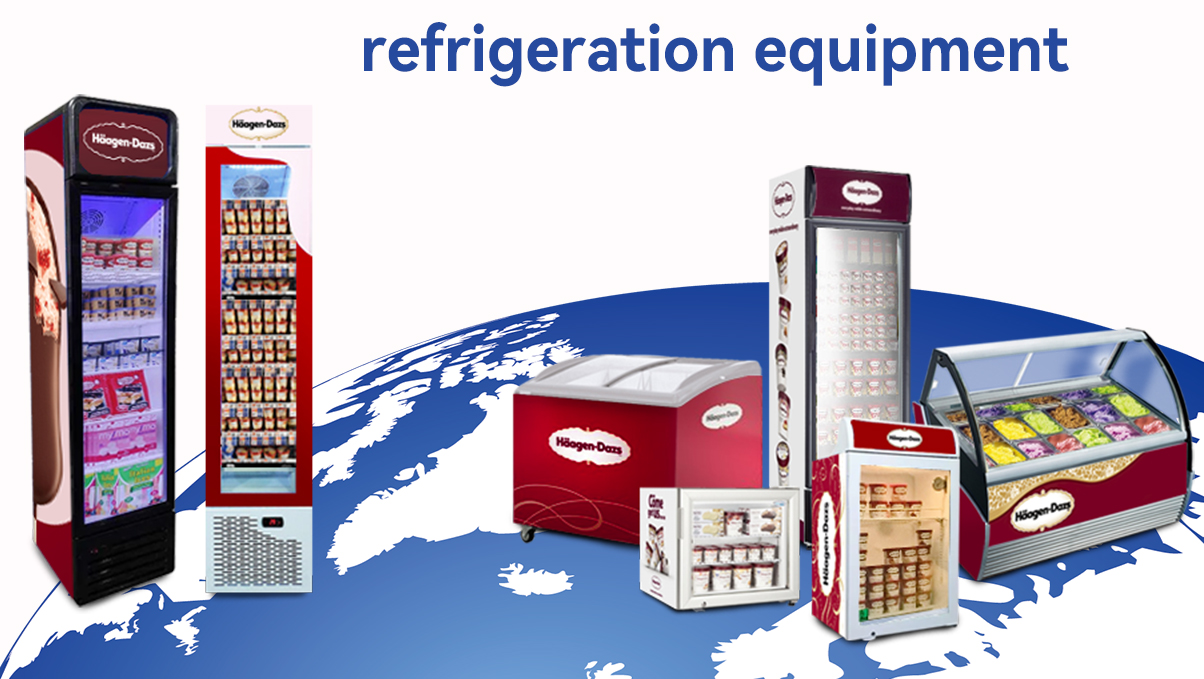Since 2025, the global frozen industry has maintained steady growth under the dual drive of technological upgrading and changes in consumer demand. From the segmented field of freeze-dried food to the overall market covering quick-frozen and refrigerated foods, the industry presents a diversified development pattern. Technological innovation and consumption upgrading have become the core growth engines.
I. Market size: Stepped growth from segmented fields to the overall industry
From 2024 to 2030, the freeze-dried food market will expand at a compound annual growth rate of 8.35%. In 2030, the market size is expected to reach 5.2 billion US dollars. Its growth momentum mainly comes from the improvement of health awareness and the popularity of ready-to-eat products.
(1) Demand for convenience gives birth to a trillion-dollar market
According to Mordor Intelligence data, in 2023, the global freeze-dried food market size reached 2.98 billion US dollars, and further increased to about 3.2 billion US dollars in 2024. These products cover multiple categories such as vegetables, fruits, meat and poultry, and convenience foods, meeting consumers’ demands for ready-to-eat and light foods.
(2) Broader market space
Data from Grandview Research shows that in 2023, the global frozen food market size reached 193.74 billion US dollars. It is expected to grow at a compound annual growth rate of 5.4% from 2024 to 2030. In 2030, the market size will exceed 300 billion US dollars. Among them, quick-frozen food is the core category. In 2023, the market size reached 297.5 billion US dollars (Fortune Business Insights). Frozen snacks and baked products account for the highest proportion (37%).
II. Synergistic efforts of consumption, technology and supply chain
With the acceleration of global urbanization, in the North American and European markets, the penetration rate of quick-frozen dinners and prepared dishes is relatively high. In 2023, ready-to-eat foods account for 42.9% of the frozen market. At the same time, health awareness prompts consumers to prefer frozen products with low additives and high nutrition. Data shows that in 2021, the global demand for healthy frozen foods increased by 10.9%, among which breakfast products showed a significant increase.
(1) Technological progress and industrial standardization
Breakthroughs in freezing technology are the cornerstone of industry development. Commercial automatic defrosting refrigerators have become the mainstream choice for high-end food processing. The “TTT” theory (time-temperature-tolerance to quality) in the quick-freezing field promotes production standardization. Combined with individual quick-freezing technology, it improves the industrial efficiency of frozen foods.
(2) Collaborative improvement of cold chain logistics
From 2023 to 2025, the global cold chain logistics market size reached 292.8 billion US dollars. China, with a 25% share, has become an important growth pole in the Asia-Pacific region. Although offline channels (supermarkets, convenience stores) still account for 89.2% of the share, brands such as Goodpop promote the increase of online channel penetration by directly selling organic ice products through official websites.
At the same time, the industrialization demand of the catering industry (such as the procurement of frozen semi-finished products by chain restaurants) further drives the growth of the B-end market. In 2022, the global sales of frozen foods for catering increased by 10.4%. Processed chicken, quick-frozen pizza and other categories are in strong demand.
III. Dominated by Europe and America, the Asia-Pacific is rising
From a regional perspective, North America and Europe are mature markets for frozen foods. Mature consumption habits and complete cold chain infrastructure are the main advantages. The Asia-Pacific region ranks third with a share of 24%, but has outstanding growth potential: In 2023, the market size of China’s cold chain logistics reached 73.3 billion US dollars, accounting for 25% of the global total. Emerging markets such as India and Southeast Asia have seen a rapid increase in the penetration rate of frozen foods due to the demographic dividend and urbanization process, becoming new growth points in the industry.
IV. Surging sales of frozen display cabinets
With the economic growth of the frozen food industry, the sales of frozen display cabinets (vertical refrigerators, chest fridges) have also increased. Nenwell said that there are many user inquiries about sales this year. At the same time, it also faces challenges and opportunities. Innovating high-end commercial refrigerators and using new technologies to eliminate old refrigeration equipment.
The global frozen industry is transforming from “survival-type” rigid demand to “quality-type” consumption. Technological breakthroughs and demand iterations jointly draw the industry’s growth blueprint. Enterprises need to focus on product innovation and supply chain optimization to seize the continuously expanding market space, especially for refrigeration equipment with a large rigid demand.
Post time: Apr-03-2025 Views:




